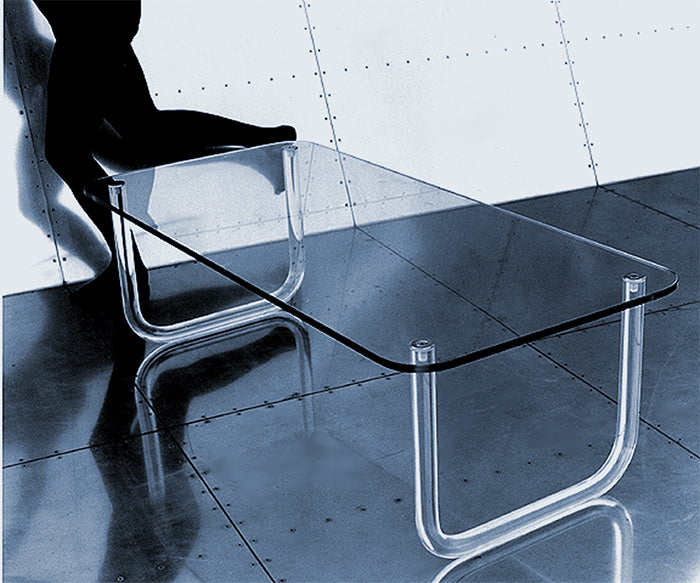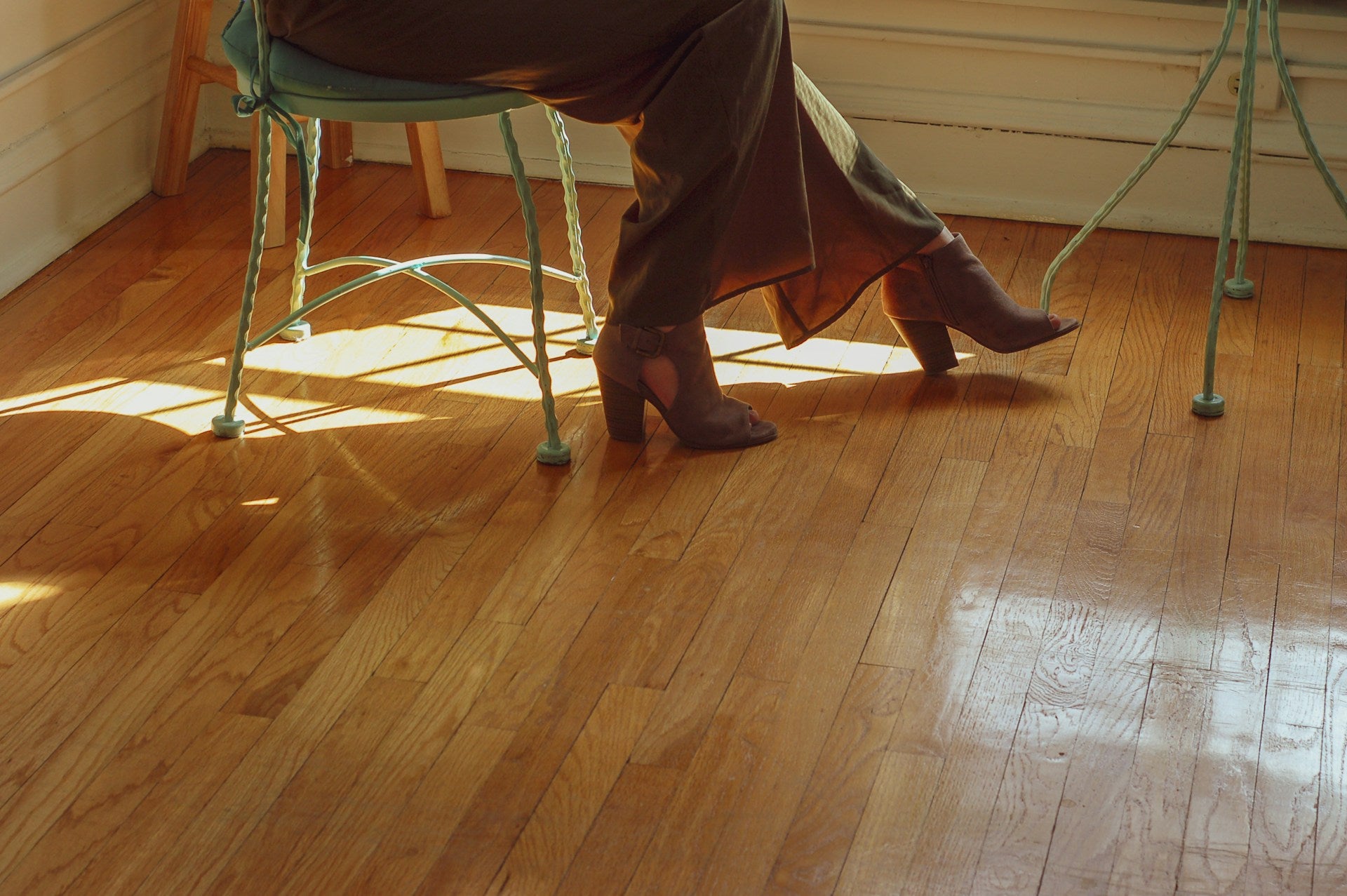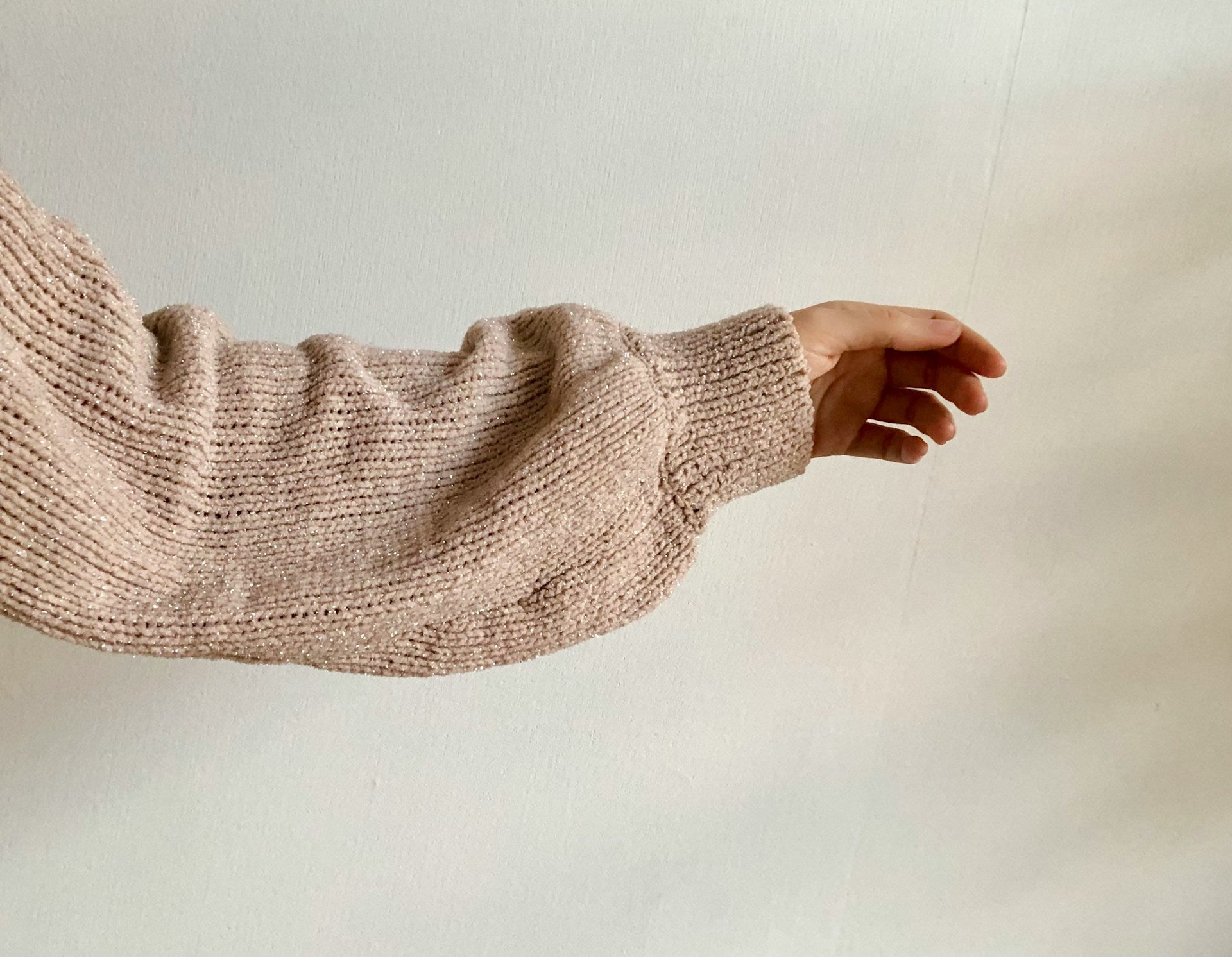
How to Clean and Maintain Acrylic
Acrylic is the perfect blend of beauty and durability, but it can also be tricky to clean since it’s a magnet for smudges, scratches, and fingerprints. Discover the best steps for keeping your acrylic surfaces spotless, as well as tips and tricks for maintaining it between cleanings.
What is Acrylic, and Why is It So Popular?
Acrylic, often known by its brand name Plexiglass, is a type of plastic that is lightweight, shatter-resistant, and incredibly versatile. It looks like glass but is more impact-resistant, which makes it perfect for households with kids running around or for items that need to be both sturdy and clear.It’s found in everything from furniture and aquariums to home décor and sneeze guards.
Why Does Cleaning Acrylic Get So Complicated?
Acrylic tends to scratch easily if you use the wrong cleaning materials or techniques. Just a bit too much pressure, the wrong kind of cloth, or a cleaner that’s too harsh, and suddenly, your once-pristine acrylic surface is scratched and smudged. Acrylic is also prone to static electricity, which means dust and debris are naturally attracted to it.
How to Clean Acrylic Surfaces Without Scratches or Smudges

What You’ll Need:
- Microfiber Cloth
- Distilled Water
- Mild Dish Soap
- Compressed Air
- Spray Bottle
- Cotton Gloves
Steps:
1. Remove Loose Dirt
Start by using the compressed air to gently blow away any loose dust or dirt from the surface. This prevents any debris from scratching the acrylic when you start wiping.
Pro tip: Never use a paper towel or an abrasive scrubber – these can scratch the acrylic surface.
2. Clean with Dish Soap
Dampen a microfiber cloth with distilled water or a mixture of water and a tiny drop of mild dish soap. Gently wipe the surface in a circular motion—don’t scrub! Acrylic isn’t a fan of harsh movements.
3. Second Wipe Down
If you encounter any sticky spots, just let the water sit for a few seconds, and then gently wipe again.
Pro tip: Always wipe in the same direction to minimize the appearance of any potential micro-scratches.
4. Let Dry
Dry immediately with a clean, dry microfiber cloth to avoid streaking.
Useful Tips for Maintaining Acrylic Surfaces

Storage Tips
If you’re storing acrylic items, keep them in a cool, dry place, away from direct sunlight to prevent warping or yellowing. Stack them with soft materials in between to prevent scratches.
Dealing with Static Electricity
To minimize static electricity, which attracts dust, consider using an anti-static cleaner specifically designed for acrylic. Or, just run a dryer sheet over the surface lightly—it’s a trick that won’t damage the surface.
Repairing Scratches
Small scratches can often be buffed out using a specialized acrylic polish or even toothpaste. For deeper scratches, it might be time to call in a professional.
What Not to Do When Cleaning Acrylic
- Do not use any cleaners containing ammonia, alcohol, or other harsh chemicals. They may make your surface sparkle in the short term, but over time, they’ll damage the acrylic, causing it to crack or cloud.
- Never use paper towels, tissues, or any abrasive materials that can scratch the surface.
- Avoid using excessive water—while acrylic is more forgiving than glass, too much moisture can seep into cracks or seams and weaken the material.
FAQs

When Should You Repair Acrylic Surfaces?
If you notice small, superficial scratches or light clouding, try an acrylic-safe polish or gentle buffing with a microfiber cloth. But if the damage is deeper—think cracks or significant clouding—professional repair may be necessary to restore its clarity.
Why Does Acrylic Attract Dust So Much?
Blame static electricity. Acrylic surfaces naturally build up a static charge, which attracts dust and debris like a magnet. Using anti-static cleaners or running a dryer sheet over it can help.
When Should You Seek Professional Help?
If your acrylic item is valuable, large, or heavily damaged, or if you simply don’t feel comfortable handling the repair yourself, call in a pro. Better to spend a little on expert help than to risk damaging the surface further.
When Is It Time to Replace Acrylic?
If the acrylic is cracked, yellowed, or scratched beyond repair, it might be time for a replacement. Opt for recycled acrylic if possible to keep things green and sustainable.


























